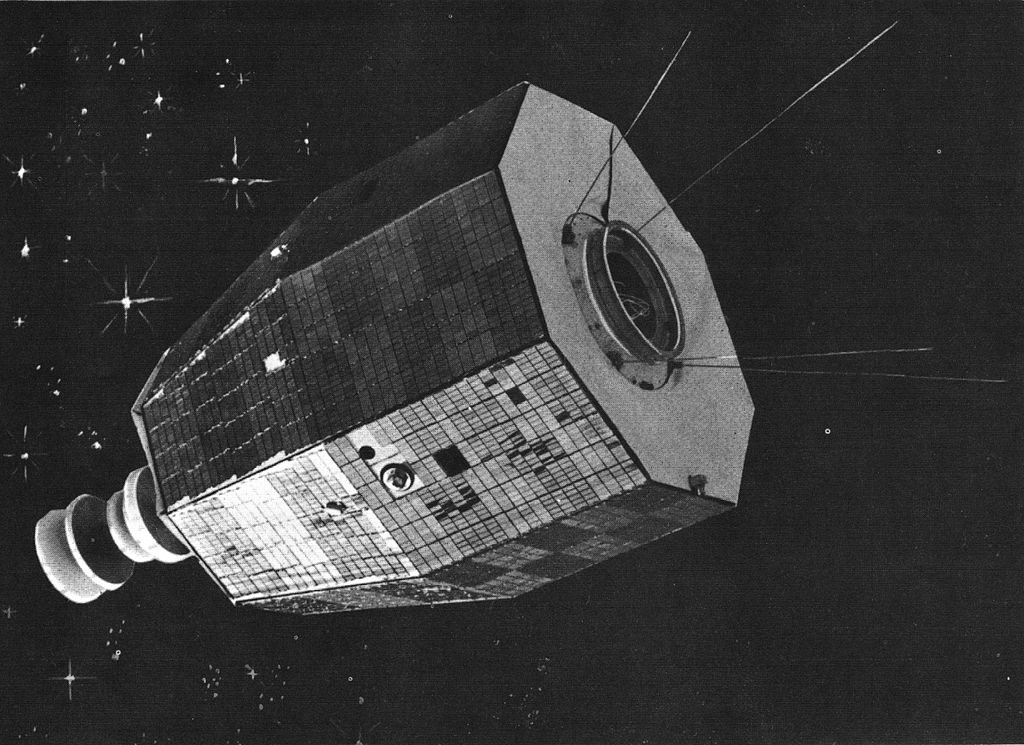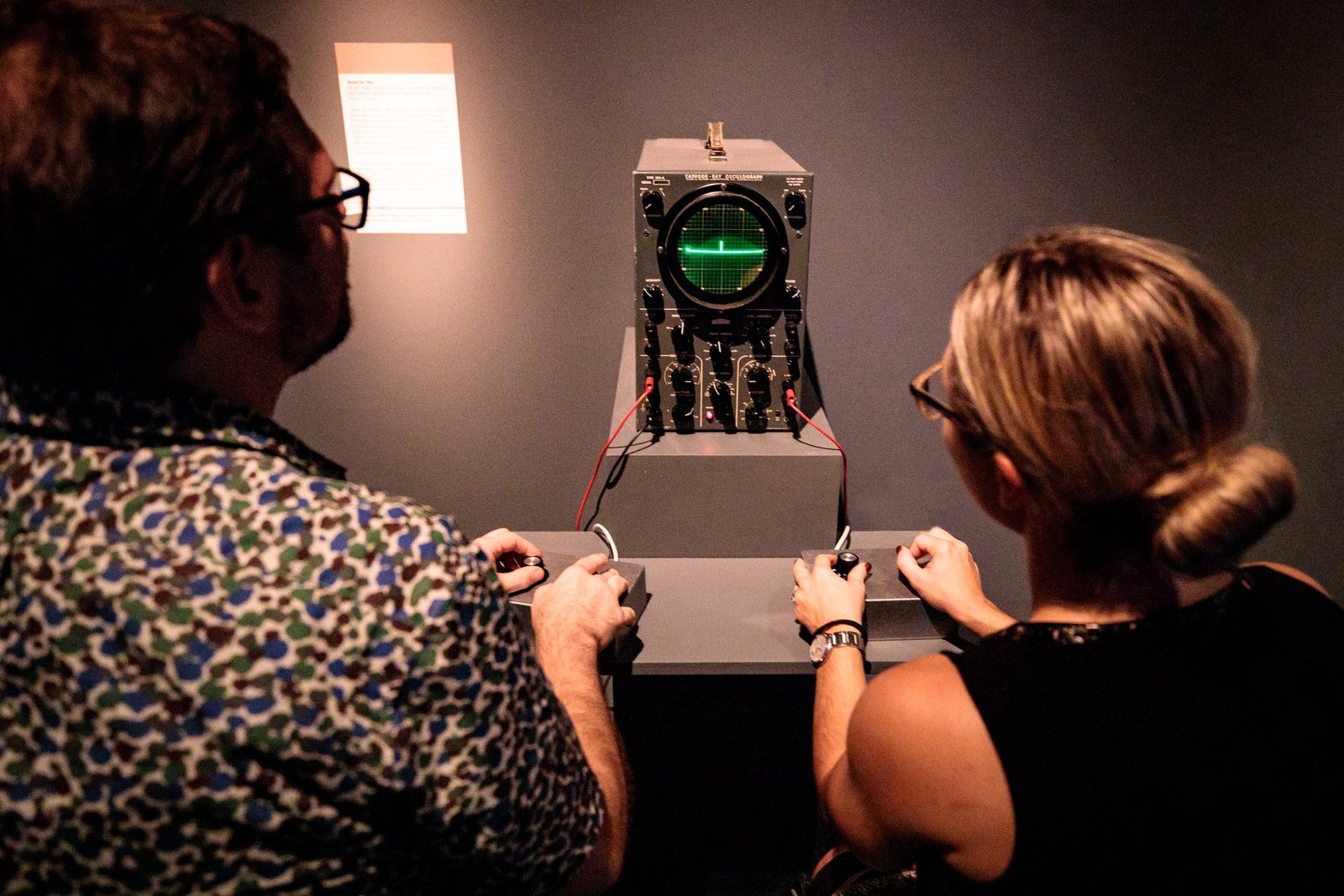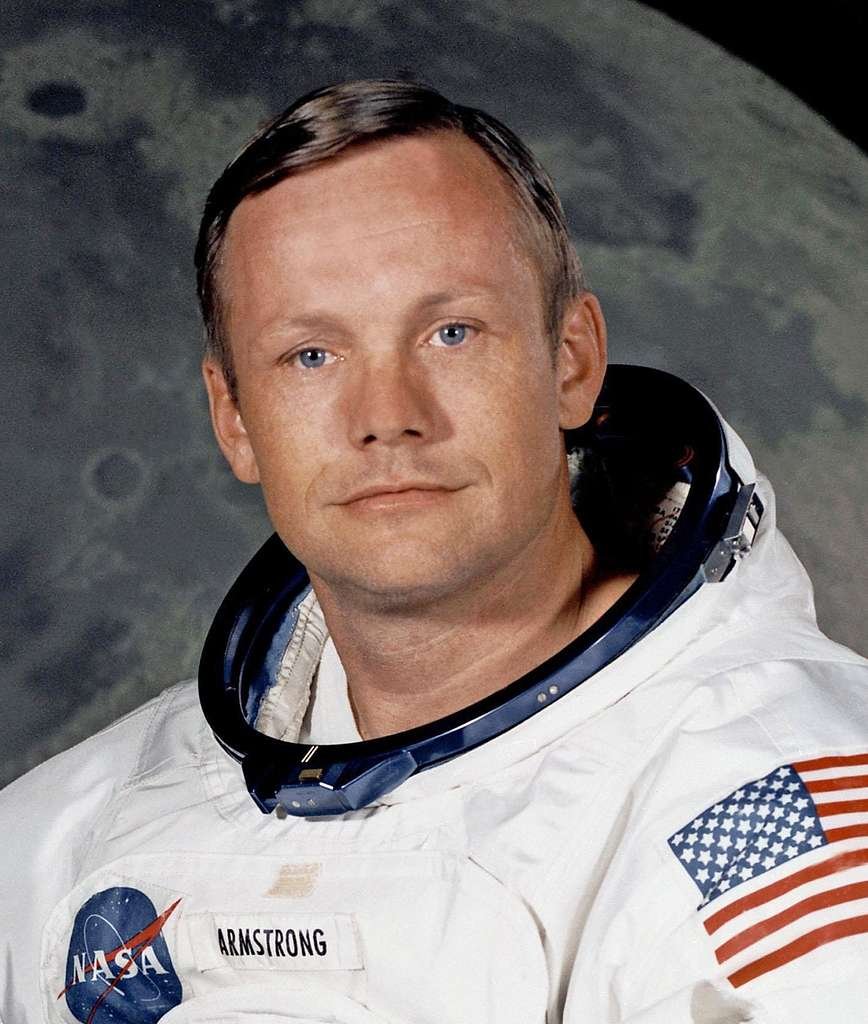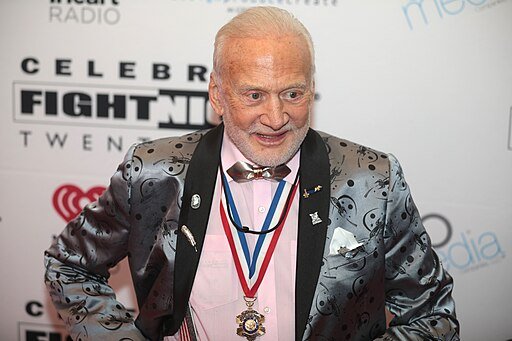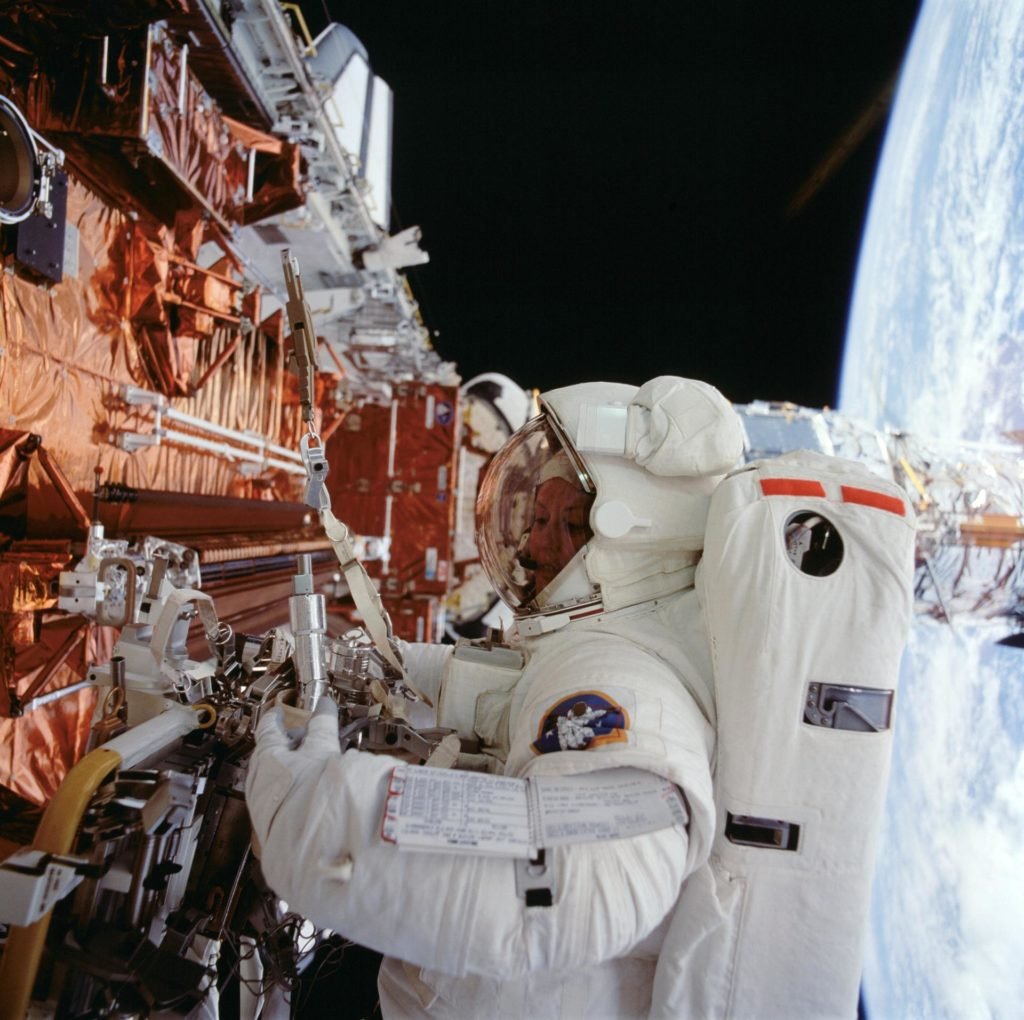In the annals of space exploration, few names shine as brightly as that of Neil Armstrong. His indelible mark on history was made on July 20, 1969, when he became the first human to set foot on the lunar surface during NASA’s Apollo 11 mission. This iconic moment marked a giant leap for mankind and transformed Neil Armstrong into a global symbol of human achievement in the realm of space exploration. Yet, beneath the fame and adulation that surrounded this remarkable feat, Armstrong’s journey to the moon was also characterized by a deeply rooted commitment to NASA and its ambitious goals.
At the heart of Armstrong’s lunar odyssey lay his association with NASA, the United States’ premier space agency. Established in 1958, NASA was tasked with pushing the boundaries of human exploration beyond Earth’s confines. Armstrong’s career with NASA began well before the Apollo 11 mission, with his selection as an astronaut in 1962. His background as a civilian test pilot, coupled with his unwavering dedication to the cause of space exploration, made him an ideal candidate for the agency’s ambitious lunar program.
The crowning achievement of NASA’s lunar program was, of course, the Apollo 11 mission, which aimed to accomplish what had previously been deemed a lofty dream – landing humans on the moon. This historic journey was the culmination of years of meticulous planning, rigorous training, and unparalleled determination. Neil Armstrong, alongside fellow astronauts Buzz Aldrin and Michael Collins, embarked on this daring voyage, capturing the imagination of the entire world.
While the moon mission was a milestone that captured the world’s attention, the question of compensation for astronauts like Neil Armstrong often arises. Despite the unparalleled risks they undertook and the historical significance of their mission, NASA astronauts received salaries typical of government civil servants. These salaries were based on their experience and qualifications, rather than the singular achievement of setting foot on the moon.
In this exploration of Neil Armstrong’s salary and compensation, we delve into the financial aspects of his career as an astronaut. We uncover the nuances of his remuneration, shedding light on the dedication and sacrifice that drove Armstrong and his fellow astronauts to reach for the moon and beyond. This examination serves as a testament to the unwavering commitment of individuals like Neil Armstrong who risked everything to make history and fulfill the dreams of space exploration.
Table of Contents
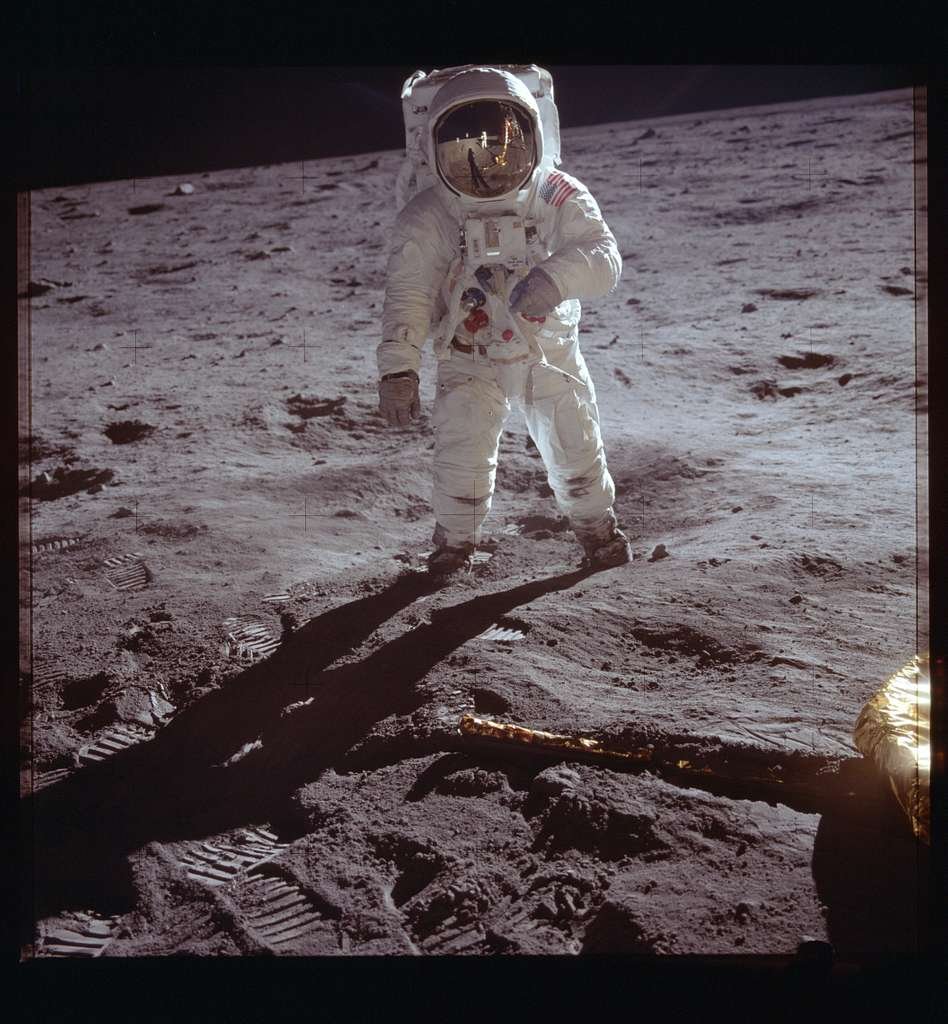
How much did moon astronauts get paid?
Moon astronauts, who were primarily NASA astronauts during the Apollo program, were not compensated based on the specific missions they undertook or the fact that they walked on the moon. Instead, they received regular government salaries commensurate with their experience, qualifications, and positions within NASA. These salaries were in line with the pay scale for government employees and were not substantially different from those of other civil servants with similar backgrounds.
During the Apollo program in the 1960s and early 1970s, astronaut salaries varied depending on whether they were civilian astronauts or military astronauts. Civilian astronauts, like Neil Armstrong, who came from various backgrounds such as engineering or test piloting, received salaries ranging from approximately $17,000 to $21,000 per year during that era. Military astronauts, who were selected from the ranks of the armed forces, received salaries consistent with their military pay grade.
It’s important to note that astronauts were not motivated primarily by financial gain. Their dedication to space exploration, commitment to the goals of the space program, and the opportunity to participate in groundbreaking missions were the driving factors behind their careers. Astronauts accepted significant personal risks and devoted themselves to the pursuit of scientific knowledge and human exploration of space, with their salaries serving as a means of supporting their families while they pursued these extraordinary endeavors.
How much did NASA pay to go to the Moon?
The cost of NASA’s Apollo program, which was responsible for sending astronauts to the Moon, was substantial and represented a significant investment by the United States government. The Apollo program consisted of multiple missions, with Apollo 11 being the first successful lunar landing in 1969.
In total, the estimated cost of the Apollo program was approximately $25.4 billion USD, which would be equivalent to roughly $150 billion to $160 billion USD when adjusted for inflation to the present day. This funding covered a wide range of expenses, including research and development, spacecraft construction, astronaut training, mission operations, and the launch of Saturn V rockets, among other expenses.
It’s essential to understand that the Apollo program was not solely about the Moon landings; it also aimed to advance space exploration technology, scientific research, and national prestige during the Cold War era’s space race between the United States and the Soviet Union. Consequently, the program had broad societal and geopolitical significance beyond the lunar landings.
The Apollo program was an enormous undertaking that demonstrated the United States’ dedication to scientific achievement and exploration beyond Earth. While the financial investment was substantial, it played a pivotal role in advancing space technology and inspiring generations of scientists, engineers, and dreamers, leaving an enduring legacy in the history of space exploration.

How much did Neil Armstrong get paid to go to the moon?
Neil Armstrong, the first person to walk on the moon, was not paid a specific salary or fee for his historic mission. Instead, he was a NASA (National Aeronautics and Space Administration) astronaut, and like all NASA astronauts, he received a government salary.
During the Apollo program, which included the historic Apollo 11 mission in which Armstrong walked on the moon, astronauts were civil servants and paid according to the government pay scale for their rank and experience. In the case of Neil Armstrong, he was a civilian astronaut, not a military astronaut, and his salary was commensurate with his experience and qualifications.
Here is some context regarding astronaut salaries during the Apollo program:
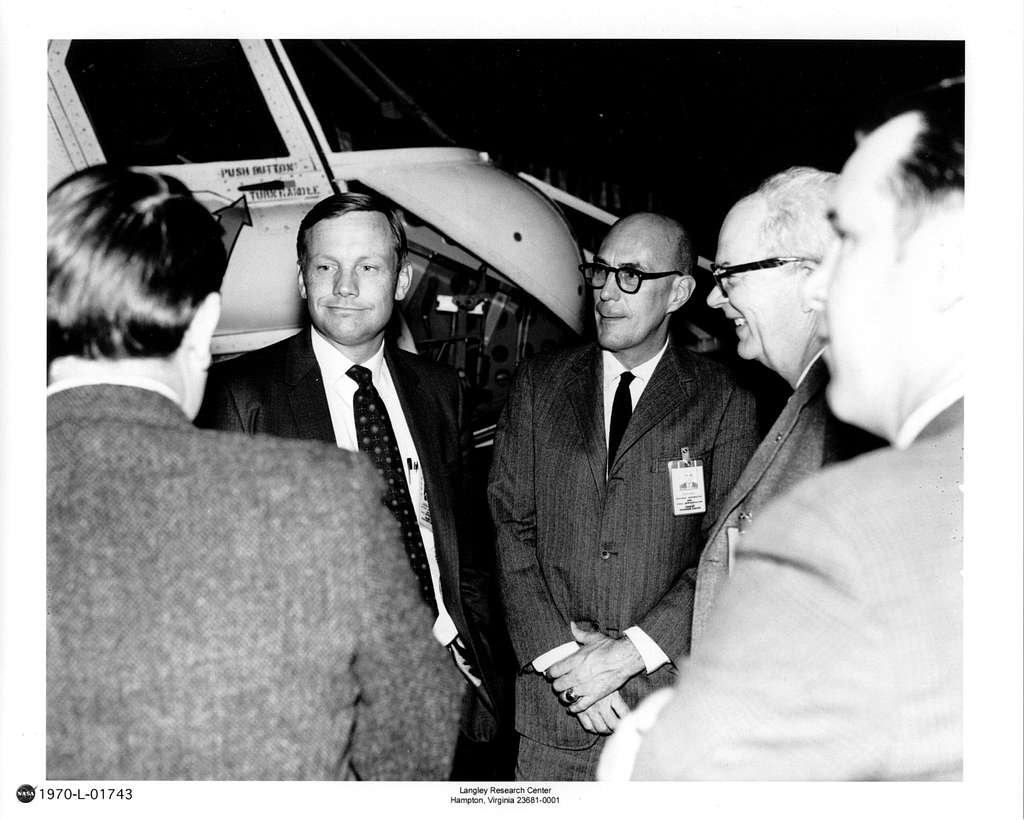
Civil Servant Salary
Neil Armstrong’s status as a civilian astronaut was emblematic of NASA’s diverse astronaut corps during the Apollo era. Unlike some of his astronaut colleagues who had military backgrounds, Armstrong came from a civilian career as a test pilot. This distinction had a notable impact on his compensation within NASA.
As a civilian astronaut, Armstrong’s salary was commensurate with other federal government employees of similar experience and rank. His earnings were not inflated by the prestige of his mission to the Moon; rather, they were based on the standard government pay scale. This equitable approach was consistent with NASA’s mission of peaceful space exploration for the betterment of humanity.
Armstrong’s civilian background as a test pilot, particularly his extensive experience in experimental aircraft, made him an ideal candidate for NASA’s demanding astronaut training program. His exceptional piloting skills, coupled with his engineering acumen, contributed significantly to the success of the Apollo 11 mission.
Armstrong’s choice to become a civilian astronaut underscores the diverse skill sets NASA sought in its astronaut corps, and his journey from a civilian test pilot to a moonwalker serves as a testament to the agency’s commitment to excellence in space exploration. In his role as an astronaut, Armstrong’s salary reflected not only his years of service but also his invaluable contributions to the advancement of human knowledge and the historic achievement of the Apollo program.
Salary Range
During the mid-1960s, when Neil Armstrong was actively serving as a NASA astronaut, the compensation for astronauts was indeed relatively modest, considering the extraordinary challenges and risks associated with their job. The salary range of $17,000 to $21,000 per year, while typical for government civil servants of that era, pales in comparison to the exceptional nature of their missions.
Astronauts like Armstrong underwent rigorous training, often putting their lives on the line in the quest to conquer the unknown. Their preparation involved learning how to operate complex spacecraft, conducting extravehicular activities (spacewalks), and mastering countless systems and procedures, all while facing the inherent dangers of space travel. Moreover, their role extended beyond spaceflight; they were also ambassadors for science and exploration, inspiring countless individuals worldwide.
Given the intense demands and unique skill sets required of astronauts, many might argue that their salaries did not fully reflect the magnitude of their contributions to science, technology, and the nation’s global standing. Nevertheless, the motivation for individuals like Neil Armstrong was not monetary gain but the pursuit of knowledge, adventure, and the fulfillment of humankind’s collective dreams of reaching the Moon and exploring the cosmos. In this sense, the compensation, although modest, was a testament to the astronauts’ dedication to a higher cause and their willingness to accept personal sacrifice for the advancement of science and the exploration of the final frontier.
Additional Compensation
Indeed, the astronauts who embarked on the incredible journey to the Moon, including Neil Armstrong, were driven by a profound dedication to exploration and a sense of duty to humanity’s quest for knowledge. Their motivation transcended financial rewards, and their commitment to the goals of the space program was unwavering.
Astronauts understood the risks associated with space travel, especially during the early days of the space program when the technology was in its infancy. They willingly placed their lives on the line to push the boundaries of human understanding and achievement. Their passion for exploration was rooted in the desire to expand the frontiers of human knowledge, to conduct groundbreaking scientific research, and to inspire future generations.
The idea of receiving bonuses or special compensation for specific missions, even ones as historic as the Apollo Moon landings, was never part of the astronauts’ mindset. Instead, their pride stemmed from being part of a collective endeavor that transcended personal gain – they were pioneers in the truest sense, boldly going where no one had gone before for the betterment of humanity.
The rewards for these astronauts were the experiences and knowledge they gained, the opportunity to contribute to scientific discoveries, and the chance to leave an enduring legacy of human achievement. Their commitment and selflessness in the pursuit of space exploration continue to inspire generations of scientists, engineers, and dreamers to reach for the stars and explore the unknown, motivated not by monetary gain but by the unquenchable thirst for knowledge and discovery.
In summary, Neil Armstrong’s historic journey to the Moon was not driven by financial gain but by a deep sense of purpose and dedication to the cause of space exploration. As a NASA astronaut, Armstrong received a regular salary that was commensurate with his experience and position as a civilian astronaut. His compensation was in line with the government pay scale for civil servants, reflecting his background as a test pilot and his qualifications for the demanding role of an astronaut.
What truly motivated Armstrong, along with his fellow astronauts, was the opportunity to be part of an extraordinary chapter in human history. Their commitment to the Apollo program went far beyond financial considerations. They were driven by a shared vision of pushing the boundaries of human achievement, advancing science and technology, and showcasing the potential of human space exploration.
Armstrong’s footsteps on the lunar surface symbolized not just a personal triumph but a monumental achievement for all of humanity. His legacy endures as a testament to the spirit of exploration, courage, and the pursuit of knowledge that transcends the material rewards of any earthly compensation.
